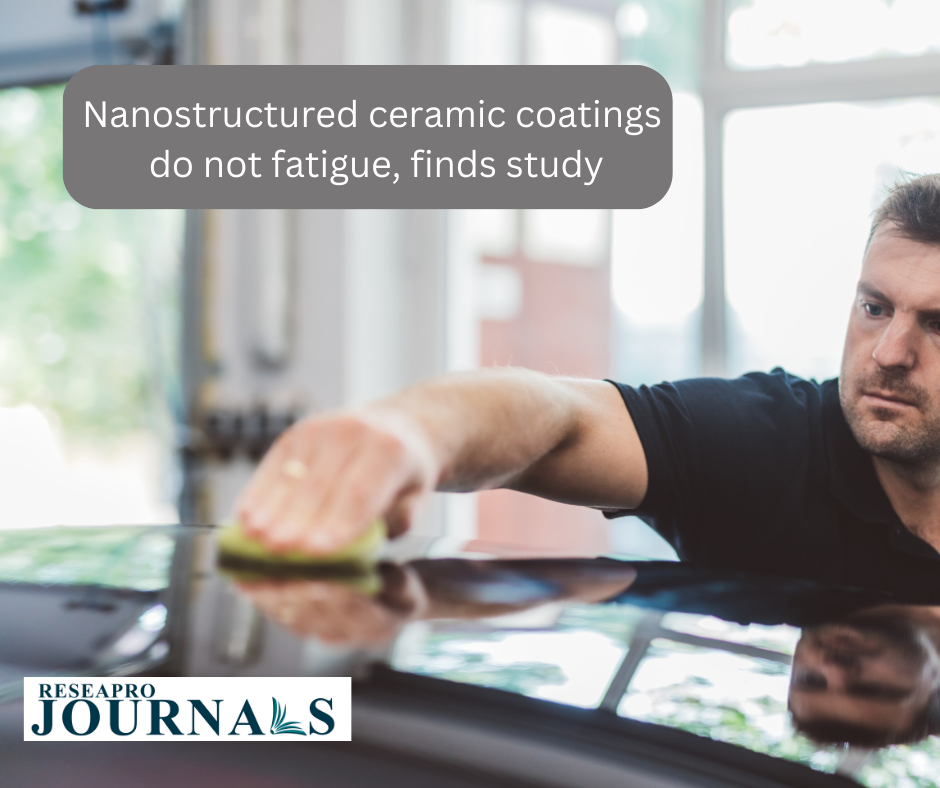A recent study reveals a groundbreaking finding in the realm of materials science, demonstrating that nanostructured ceramic coatings exhibit an unprecedented resistance to fatigue. Unlike traditional coatings, which may degrade over time due to repeated stress or environmental factors, nanostructured ceramic coatings demonstrate remarkable durability. The study highlights the inherent strength and stability of these coatings at the nanoscale, emphasizing their ability to withstand cyclic loading and environmental challenges without exhibiting signs of fatigue. This discovery has significant implications for industries reliant on durable materials, such as aerospace and automotive sectors, suggesting that the application of nanostructured ceramic coatings could lead to longer-lasting and more resilient components. The study opens new avenues for exploring advanced materials with enhanced fatigue resistance, paving the way for innovative solutions in engineering and manufacturing.




